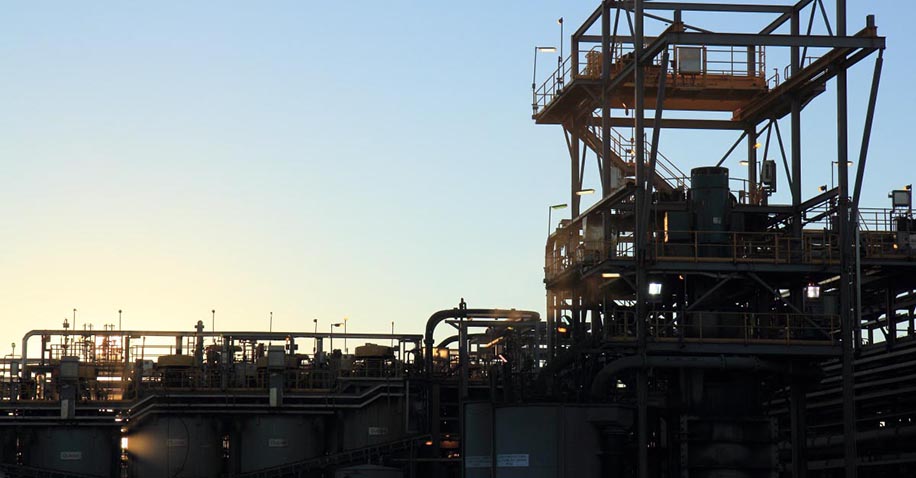Mining Sector Trends : Beyond the Boom

Photo by Matthew Lister
Here is an excerpt from the McKinsey Report 2012:
“Australia has been riding the wave of Asia’s economic growth, supplying coal, iron ore, and minerals to meet unprecedented demand in China and other emerging markets. As commodity prices spiked in recent years, the country has attracted a flood of investment into its mines, processing plants, pipelines, and ports. More money has been invested in Australian resource projects in the past 5 years than in the previous 20.
Asia’s economic and demographic trends point to sustained demand in the decades ahead, but growth fuelled by demand for natural resources carries risk. The McKinsey Global Institute (MGI) report Beyond the boom: Australia’s productivity imperative finds that “one-off” factors—including favorable terms of trade and an investment surge—have driven half of the country’s recent growth, obscuring the truth about its overall economic health.”
They go on, in the report, to outline four potential scenarios for the future:
- Resource sectors: Getting capital productivity right. Australia is less than halfway through the capital boom, with AU $443 billion in investment still to come in the resource sector. Major capital projects are prone to inefficiencies and overruns, but the country has an opportunity to boost its capital productivity by up to 30 percent if firms emphasize a top-level focus on value, adopt a best-practice “tool kit,” and assemble project teams with superior execution skills.
- Resource-rider sectors: Improving efficiency. Transport, utilities, professional services, and other resource-related sectors have grown dramatically because of their links with the mining and energy boom. Yet at the same time, their labor productivity has fallen dramatically as well. Stakeholders must find ways to develop new infrastructure more cost effectively. Additionally, a more integrated cross-sector approach to resource productivity can reduce the need for some expensive new projects.
- Local services: Implementing microeconomic reform. Sectors such as retail trade and telecommunications have been largely unaffected by the resource boom. They have posted solid productivity gains but tend to lag behind international benchmarks. Australia can close the gap through a renewed focus on microeconomic reforms that streamline regulations, encourage innovation, and promote competitive markets.
- Manufacturing: Creating a foundation for long-term competitiveness. Like other developed economies, Australia has seen its manufacturing base erode. Improvement will depend on cost efficiencies, particularly the neglected area of management quality; higher labor mobility; and a shift to innovative manufacturing, which offers the best long-term potential for competitiveness.
The Australian economy is forecast to grow 2+% in 2013-14 and 3% in 2014-15. However, this is against a backdrop of challenging global economic times and there is every possibility that the Australian economy will begin to move away from a heavily resource led growth towards broader growth involving other industry sectors. People employed in mining may need to imagine a ‘plan B’ career in case this happens. Where else do your skills fit? What other jobs can you see yourself doing. Start looking at options just in case. It’s always good to plan.
